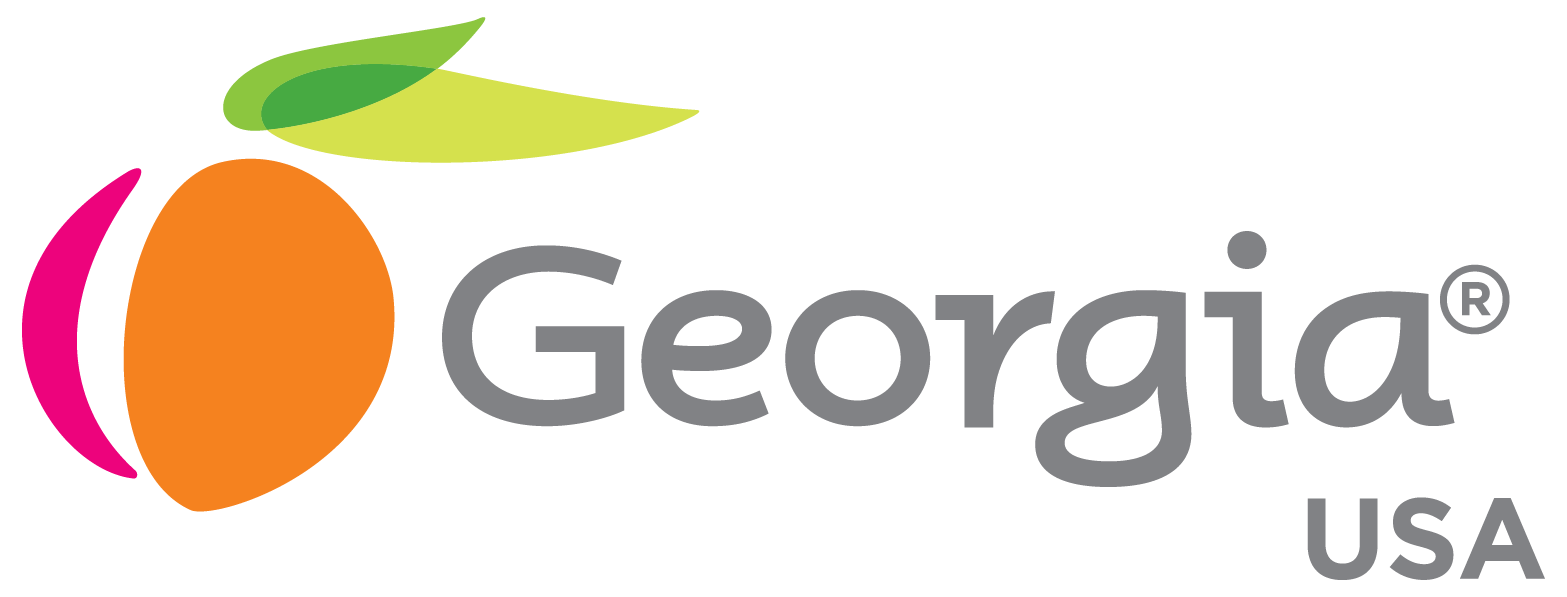Title Page
-
Conducted on
-
Prepared by
-
Location
Critical Infrastructure
-
Businesses that fall into the category of “critical infrastructure” as determined by CISA are:
• Chemical
• Commercial Facilities
• Communications
• Critical Manufacturing
• Dams
• Defense Industrial Base
• Emergency Services
• Energy
• Financial
• Food & Agriculture
• Government Facilities
• Healthcare & Public Health
• Information Technology
• Nuclear Reactors, Materials & Waste
• Transportation Services
• Water
Critical Infrastructure Requirements
-
1. Screening and evaluating workers who exhibit signs of illness, such as a fever over 100.4 degrees Fahrenheit, cough, or shortness of breath.
-
2. Requiring workers who exhibit signs of illness to not report to work or to seek medical attention.
-
3. Enhancing sanitation of the workplace as appropriate.
-
4. Disinfecting common surfaces regularly.
-
5. Requiring handwashing or sanitation by workers at appropriate places within the business location.
-
6. Prohibiting Gatherings of workers during working hours.
-
7. Permitting workers to take breaks and lunch outside, in their office or personal workspace, or in such other areas where proper social distancing is attainable.
-
8. Implementing teleworking for all possible workers.
-
9. Implementing staggered shifts for all possible workers.
-
10. Holding all meetings and conferences virtually, whenever possible.
-
11. Delivering intangible services remotely, whenever possible;
-
12. Discouraging workers from using other workers’ phones, desks, offices, or other work tools and equipment.
-
13. Prohibiting handshaking and other unnecessary person-to-person contact in the workplace.
-
14. If in use, open sales registers must be at least six (6) feet apart.
-
15. Point of sale equipment should be frequently cleaned and sanitized.
-
16. Placing notices that encourage hand hygiene at the entrance to the workplace and in other workplace areas where they are likely to be seen.
-
17. Regarding PIN number and point of sale transactions, additional guidance was issued to clarify best practices to ensure these transactions remain safe. Retailers should ensure EBT card users can continue to access PIN pads to enter this information during transactions.<br><br> (The shelter in place order allows suspending the use of Personal Identification Number (“PIN”) pads, PIN entry devices, electronic signature capture, and any other credit card receipt signature requirements if it is permitted by underlying credit card agency and company agreements.)
Completion
-
Additional Comments
-
Inspected by: (Name and Signature)














